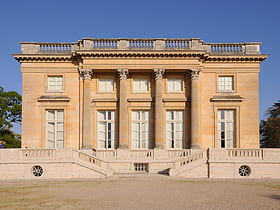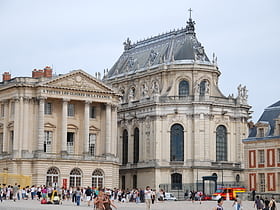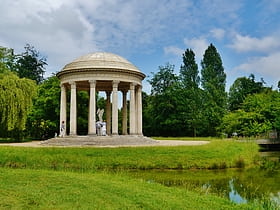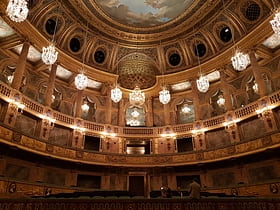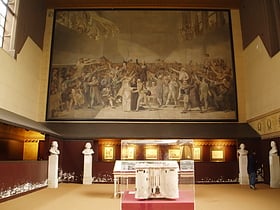Versailles: Historical Place
Places and attractions in the Historical place category
Categories
- Palace
- Baroque architecture
- Museum
- Park
- Historical place
- Art museum
- Church
- Palladian architecture
- Sacred and religious sites
- Fountain
- Forts and castles
- Monuments and statues
- Memorial
Petit Trianon
Nestled within the expansive grounds of the Palace of Versailles in France, the Petit Trianon is a small château that stands as a testament to the opulence and elegance of 18th-century French architecture. This intimate retreat, built between 1762 and 1768 under the...
Chapelle Royale
Lavish 2-level palatine chapel The Chapelle Royale, nestled in the heart of the city of Versailles, is a church of both historical significance and architectural grandeur. Standing within the confines of the Palace of Versailles, this chapel is an epitome of French classical art and a testament...
Temple de l'Amour
Stone folly in the Versailles garden Nestled in the picturesque grounds of the Château de Versailles, the Temple de l'Amour, or Temple of Love, stands as a hidden jewel of romantic architecture. Erected in 1778, the temple was designed by architect Richard Mique as a token of love and admiration.
Royal Opera of Versailles
Music and ballet in an elegant hall Nestled within the grandeur of the Palace of Versailles, the Royal Opera of Versailles stands as a magnificent testament to the opulence of French classical architecture and the enduring allure of high-caliber musical performances.
Tennis Court Oath
On 20 June 1789, the members of the French Third Estate took the Tennis Court Oath in the tennis court which had been built in 1686 for the use of the Versailles palace. The vote was "not to separate and to reassemble wherever necessary until the Constitution of the kingdom is established".
Grandes écuries
The Grande Écurie is a building located in Versailles, on the Place d'Armes, in front of the castle, between the avenues of Saint-Cloud and Paris. It was built under the direction of the architect Jules Hardouin-Mansart and completed in 1682.
Map

